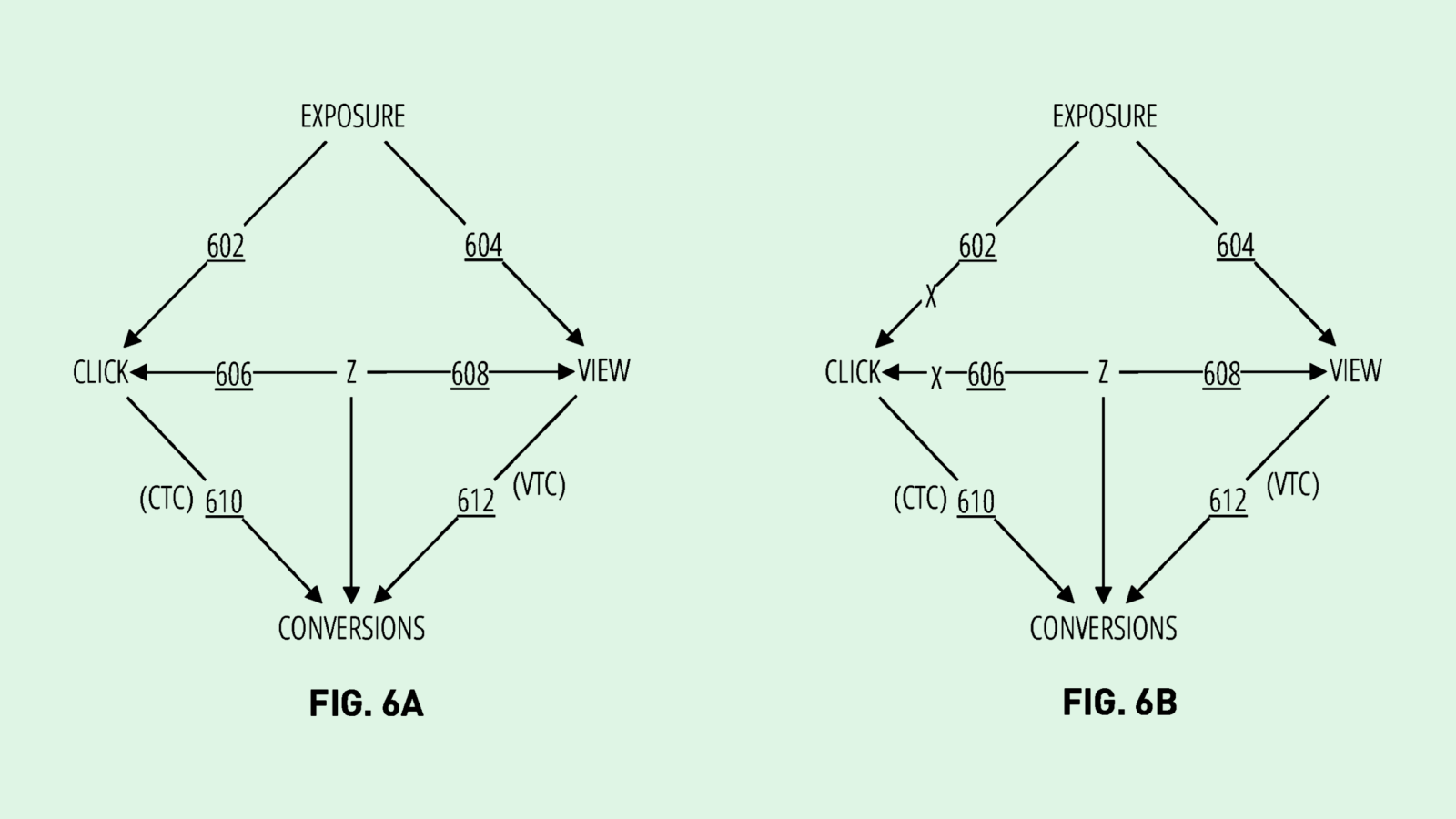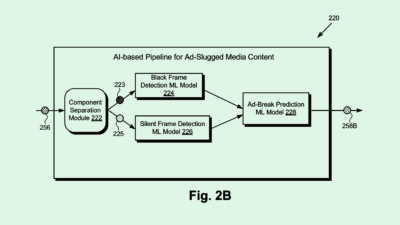Shopify Image Patent Highlights Convergence of AI, Advertising
It’s recent patent expands upon its current AI tools as it aims to keep up with the rest of the tech and e-commerce industry.

Sign up to uncover the latest in emerging technology.
Shopify wants to help you touch up your ads – even if you’re not great at Photoshop.
The company filed a patent application for “tuning AI-generated images.” This patent would seemingly expand on the company’s existing AI tools, allowing merchants to personalize AI-generated images used in advertising.
While generative models may create images rapidly, editing these images can prove tedious, Shopify noted. “Where the images generated by a model are determined to be deficient, users may need to re-run the model by, for example, changing text prompts multiple times until the output is satisfactory,” the company said.
Shopify aims to offer “a “post-processing” quality assurance layer” for this very purpose. To start, Shopify’s system collects a bunch of data from a merchant’s online storefront, such as product images and categories, as well as customer interaction data, such as purchase data, “dwell time” and clickthrough rate.
This data is used to train a deep learning generative model, specially tailored for that merchant. To make the model more robust and ensure that it’s accurately depicting products, Shopify would train these models on large sets of “regularization images” of products in the same category. For example, if a merchant has a leather jacket on its website, it would train the model on other images of leather jackets as well.
Finally, Shopify’s system would allow merchants to generate and edit photos of their products. The tech may rank images on indicators of “photorealism,” such as human poses or structural and lighting anomalies, and assign “aesthetic scores” to generated images.
Shopify started launching generative AI tools in early 2023, with its first offering aiming to help merchants generate descriptions for their products. The company has since added a tool called “Shopify Magic,” which allows merchants to use generative fill for photo backgrounds, as well as AI-powered conversational search.
While Shopify has a number of big-name clients on its roster like Gymshark, Redbull, and Allbirds, many are small business owners or merchants with limited time and marketing budgets. In these cases, generative AI tools like this can help these companies create ads and product images at a quality they previously couldn’t achieve.
But adding these tools stands to benefit more than just their merchants, said Ryan Doser, VP of Inbound Marketing at Empathy First Media. The company’s moves line up with the broader AI push in both the tech and e-commerce industries. And after the company saw its stock price plummet after reporting losses in the first quarter, AI may help drum up investor excitement.
However, as always, there are two sides to the AI coin. For one, It’s not hard for an image model to succumb to bias, said Doser, with Google Gemini’s historically inaccurate image fiasco being a prime example. “You really have to think about who are these companies behind the generative AI software,” said Doser. “Whether it’s OpenAI or Microsoft or Google or Adobe, there’s always going to be some sort of bias depending on which tool you’re using.”
Additionally, while it may be tempting to zhuzh up your product images with generative AI, merchants may run the risk of false advertising, whether from an overly polished image or AI hallucination. That’s why these tools are often better used for ideation, Doser said. “I don’t know if I would recommend using it for an actual polished campaign that’s ready to go and put ad dollars behind.”











